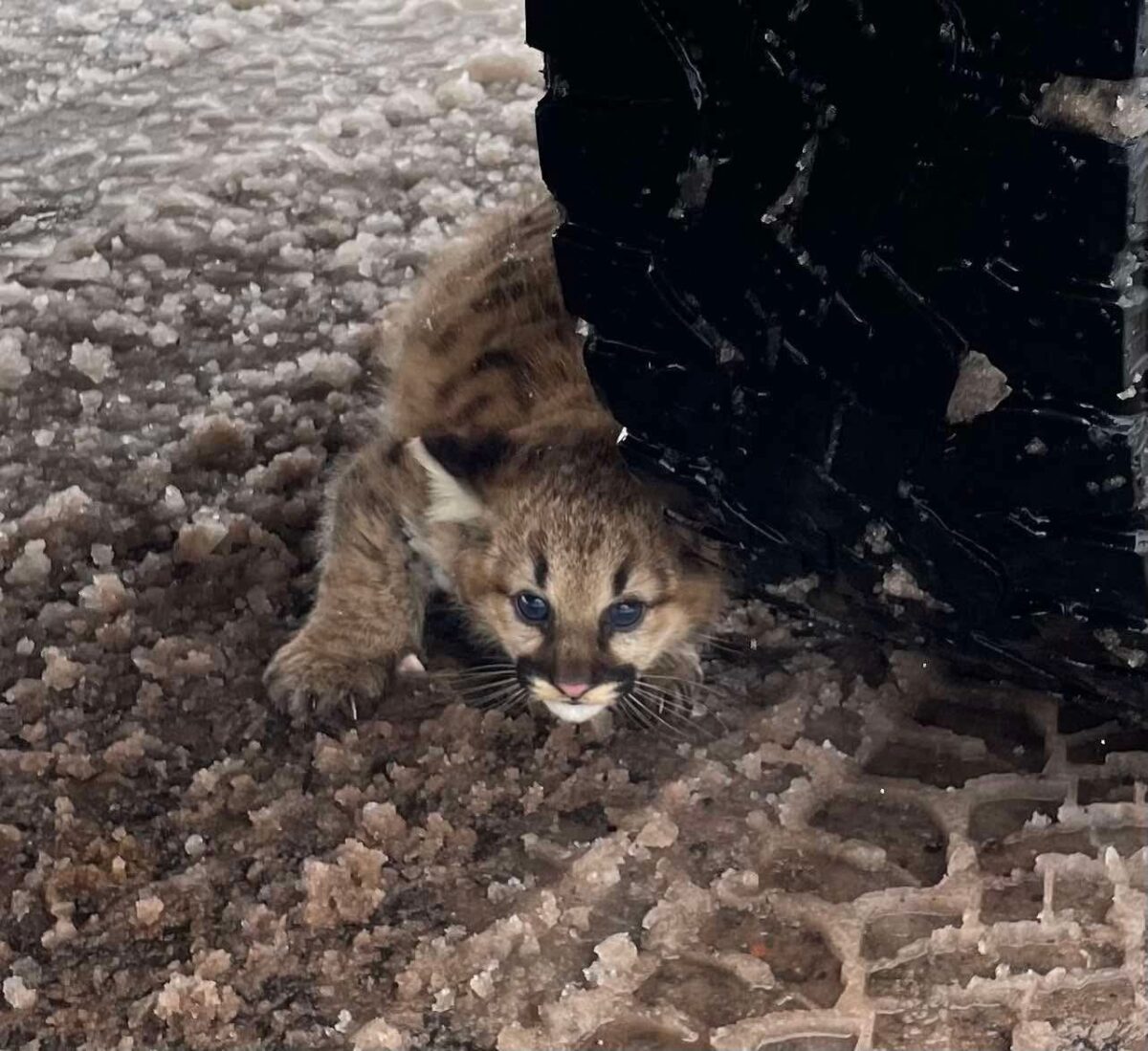Before the eastward expansion of mountain lions can take hold, we need stable populations at the leading edge
by Josh Rosenau, Director of Policy & Advocacy
In the first week of June, state wildlife commissions in Nebraska and Montana voted to approve significant increases in mountain lion hunting. Both states’ policymakers argued that these increases would do little harm to the species as a whole since mountain lions exist as a metapopulation spanning multiple states.
The scientific premise of the claim is valid, but the simultaneous actions highlight the risk that uncoordinated state actions can pose to the species.
The term “metapopulation” was coined by the late ecologist Richard Levins (Incidentally, my father met my mother when he was hired to feed fruit flies in Levins’ lab, but that’s another story). A metapopulation is a population of populations, a scenario where some populations of a species might persist, and even seem to thrive at high population numbers, simply because of influx from more productive populations. The interplay of population sinks — those sustained by immigration — and population sources — where excess reproduction permits high emigration — can allow these metapopulations to persist in patchy or inconsistent environments. For a species like mountain lions, where individuals have large home ranges, females tend to stay in the area they were born, and males can disperse hundreds or thousands of miles to find open territory, it makes a lot of sense to use this framework to understand populations and their management.
The problem is that a growing number of states are managing mountain lions with the goal of allowing their state to serve as a sink, and none have a goal of maintaining their lions as a source for neighboring states’ populations.
-
- Utah this year passed a law removing many limits on mountain lion hunting and trapping. Learn more about Utah.
- Montana’s policy — adopted in June — aims to reduce the overall population of mountain lions statewide, with a whopping 40% reduction in the state’s northeastern region. Learn more about Montana.
- Wyoming has long managed their cougars with a goal of maintaining a population well below carrying capacity, and is now seeking comment on a significant increase in hunting in the state’s western hunting regions. Learn more about Wyoming.
- Nebraska’s new hunting policy maintains hunting on the small population in the Pine Ridge, and adds a new hunt for two mountain lions in the Niobrara Valley. Learn more about Nebraska.
That new hunt in Nebraska may seem small, but as the Nebraska Game and Parks staff note in their recommendation to the state Game and Parks Commission:
“Mountain lions in Nebraska are part of a larger regional population where animals are continually mixing. Mountain lion populations in Nebraska are not genetically isolated; they are connected to populations in South Dakota, Wyoming and Colorado through immigration and emigration of individuals.… Since mountain lions interact and move between states, it is important that management decisions fit within what is happening in the larger region.”
The Niobrara is one of the U.S.’s easternmost breeding populations of mountain lions. Any hope of further eastward expansion of the species requires that those populations at the leading edge of the expansion be healthy enough that young females will emigrate into unoccupied regions. High hunting pressure at that leading edge will slow or prevent the return of mountain lions to their historic range in the Midwest, Appalachia and eastern seaboard. If the populations at that leading edge are managed as population sinks, it will delay or prevent that much-needed restoration of apex carnivores.
This summer, North Dakota and South Dakota will revisit their mountain lion hunts, and Mountain Lion Foundation staff and members will be submitting comments urging those states to resist increasing their hunting quotas. We will also work to prevent Wyoming’s move for even higher hunting and to reverse Montana’s shift to establish itself as a population sink.
Beyond that advocacy state by state, this trend highlights a need for greater efforts to bring consistency to state management of mountain lions.
In their 2022 article “Analyses of national mountain lion harvest indices yield ambiguous interpretations,” researchers Mark Elbroch, Lisanne Petracca, Connor O’Malley, and Hugh Robinson found themselves hindered in assessing the state of the mountain lion metapopulation because of inconsistencies in what data states collect on mountain lion populations and the demographics of mountain lions killed by hunters. Three of six metrics they could assess suggested a metapopulation-wide decline in population, two suggested population growth, and one indicated a stable population. Given these ambiguous results and the inherent limits of the data states collect, they end the paper with a plea that we wholeheartedly join:
“Currently, mountain lion management is not conducted at the national scale, but maintaining an awareness of metapopulation trends may be useful for wide-ranging species that occur at low densities. As hunting metrics provide ambiguous or unreliable indicators of mountain lion population dynamics or abundance, we suggest that state wildlife managers consider collaborating on an integrated population model approach to monitor U.S. mountain lions. … To build such a model, analysts would require states to collect the same harvest data – specifically age- and sex-specific harvest metrics, and consistent metrics for hunter effort and success (while accounting for variation due to local hunting regulations) – in combination with survival probabilities for representative individuals tracked in ongoing research projects across states.”
We echo this plea for greater coordination of how states gather population data, how they use that data to model populations, and how they manage this shared metapopulation to ensure the health of the species and its restoration to its historical eastern range.
Without that consistency, we risk turning all of mountain lion country into a population sink, and seeing our precious wilderness go down the drain.



 Facebook
Facebook Twitter
Twitter Send Email
Send Email


